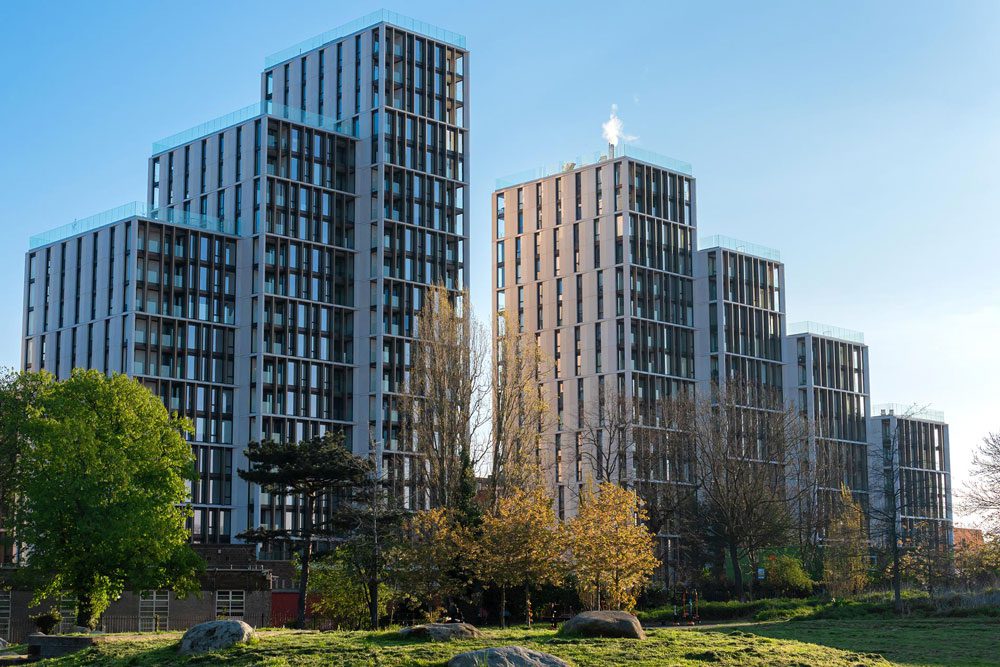Recently published reports by the British Property Federation have reinforced that the Build to Rent sector is primed for growth.
The number of BTR homes either completed, under construction, or in planning now stands at just over 237,000, up from 225,000 in Q1 2022. However, there are some critical considerations we would recommend to PRS & BTR developers to protect exit strategies.
The price of flexibility:
Historically, BTR and PRS developers would opt for a commercial latent defect policy as there wouldn’t be an obvious need for the U.K. Finance wording.
In addition, the commercial wording would allow for a no defects period, effectively mitigating the need for the developer (or the contractor) to sign up for the two-year defects period.
However, this reduction of risk is counterbalanced by a somewhat restrictive consideration – Namely, what does the developer do if they have a change of strategy and wish to sell or part sell some of the housing units to take advantage of the positive market movements, like capital appreciation?
Most commercial LDI policies do not allow for a part ‘sell-off’ of units, without purchasing a residential policy too. However, it is prudent to be aware that some insurers have noted this ‘gap in the market’ and been proactive in delivering an attractive solution:
- Commercial latent-defects policy
- No two-year defects period
- 24 months after practical completion, developers will have the flexibility to ‘switch’ the policy wording to a residential policy – Enabling them to realise some of the appreciation of their assets and sell off some of the units should they wish to do so.
Jack Bristow, Managing Director, J3 Advisory, added ‘This flexi-policy has resulted in other providers aggressively reducing the cost of their commercial policy (although often increasing the excess levels notably), which does create a conflict for developers looking for value and flexibility. As with most markets, there will always be someone who will do it cheaper. This is very much about understanding how you’re going to hit your mid-long term objectives and what’s going to enable you along the way – This is why it is vital that BTR professionals work with advisors that understand their business, their objectives and will guide them through and arrange a build to rent structural warranty policy fit for purpose and strategy – Now and in the future.’
Collateral Warranties:
We’ve often written that developers who confuse or prioritise a collateral warranty over an LDI policy (or the other way round) are misguided. Both make up integral pieces of a developer’s legal pack and offer their own important protection and coverage.
Jack further adds, ‘ For those developers who are certain that they only need a collateral warranty as they won’t need the flexibility, we recommend that you have first-party cover to protect against a deficiency in the physical building that appears after practical completion – And so will the funding line supporting you.’
Protecting and enabling build-to-rent developments:
A build to rent structural warranty provides security and protection for not only the developer but those funding at a pre-construction stage – especially if the need arises for the scheme to be sold-off unit by unit or in parts. Despite the various changes we have seen across insurers and underwriters in the structural warranty market, there have been positive steps taken to deliver a tailored policy for the built-to-rent product.
If you have a project you wish to discuss, call us on 020 3096 0718 or fill in our enquiry form online.





